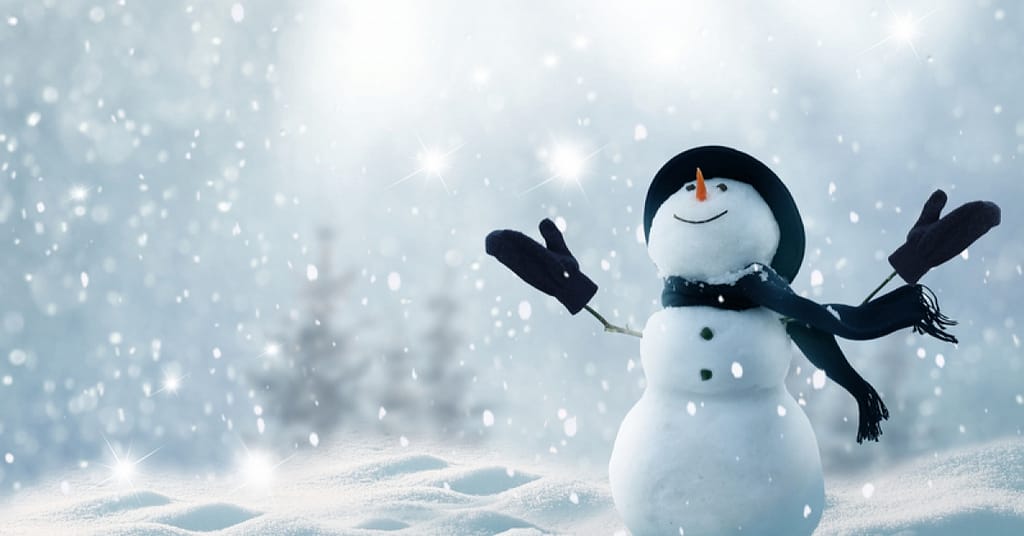(Carrick Pharmacy News) Snow, hot cocoa and good cheer come with wintertime, but so does a wide range of potential health and safety issues. It’s time to make sure your family knows how to stay safe and healthy this winter.
Follow these steps to keep yourself and your family safe this winter.
Dress Warmly
Cold temperatures can cause your body to lose heat. As a result, you may be at risk of developing hypothermia or frostbite. Some people are at a higher risk for hypothermia or frostbite. Those at higher risk are older adults, those who stay outdoors for long periods and infants sleeping in cold rooms.
To stay safe, dress appropriately when you head outside. Proper dress may include the following:
- A warm hat
- A scarf or knit mask to cover your face and mouth
- Sleeves that are snug at the wrist
- Mittens (instead of gloves because mittens are warmer than gloves)
- A waterproof and windproof coat
- Waterproof boots
- Warm socks, such as socks made of wool
- Several layers of loose-fitting clothing (an inner, middle and outer layer)
- For the inner layer, opt for clothes made of wool or polypropylene (avoid cotton).
- For the middle layer (insulation layer), aim for clothes made of wool, goose down or fleece.
- For the outer layer, opt for a coat that is breathable and rainproof and windproof.
In addition, make sure to cover parts of your body that are more likely to be affected by frostbite, such as the ears, cheeks, chin, fingers, nose and toes.
The early stage of frostbite is called frostnip. It is marked by the following signs:
- Red and cold skin (the skin may start to turn white but is still soft)
- Numbness
- Tingling and/or stinging
Signs and symptoms of hypothermia include the following:
- Feeling cold (possibly with shivering)
- Slurred speech or mumbling
- Clumsiness
- Feeling very sleepy
- Confusion
- Shallow breathing
If a loved one is experiencing hypothermia or frostbite, seek immediate medical attention.
Prepare Your Home
As the temperature drops, more people tend to stay indoors. As a result, it is even more important to prepare your home for the winter months.
Be sure to do the following:
- Have your heating system serviced by a professional to make sure it is clean, working properly and adequately ventilated to the outside.
- Examine fireplaces and chimneys.
- Make sure your smoke detector is working properly. Test batteries each month and replace them twice a year.
- Make sure your carbon monoxide (CO) detector is working properly to alert you if the deadly, odorless, colorless gas is present in your home. Check that the batteries work. A good way to remember this is to change the batteries when you change your clocks in the fall and spring. To protect your family from carbon monoxide, be sure to keep camp stoves and generators out of the house, basement or garage.
- Insulate your home by installing weather strips around windows and doors.
Be Safe During Outdoor Recreation
Walking on ice is very dangerous. In fact, many weather-related injuries are due to falls on ice-covered steps, driveways and even porches. Make sure to keep your walkways and steps free of ice. Cat litter and sand may help reduce the risk of slipping.
Also, remember that cold weather makes the heart work harder. If you have heart disease or high blood pressure, be sure to take extra caution and follow your doctor’s advice about performing hard work in the cold, such as shoveling snow. Work slowly and do not overdo it with your outdoor chores.
If you will be engaging in an outdoor activity like hiking, notify your friends or family of where you will be and your expected time of return.
Travel Safely
Staying snuggled up at home isn’t always an option. Winter travel may be necessary, especially around the holidays. Prepare for the road by following these tips.
Unless you are traveling by snowmobile or skis, snow and ice can make travel difficult. Be sure to check your tire tread or switch to snow tires if possible. Have your antifreeze levels checked, and make sure your windshield wiper fluid is a winter formula. To prevent freezing of your car’s gas lines, always keep gas in the tank.
That gas will come in handy if you get stranded and the engine is the only heat source you have. Be prepared for this dangerous situation by creating a car emergency kit. The essentials it should contain are blankets, food, water, a flashlight, a first aid kit, jumper cables, flares, kitty litter (for tire traction), a bright flag or bit of cloth, a compass and maps, a battery-powered radio and plastic bags (for sanitation).
If you become stranded, do not leave your vehicle unless safety is within 100 yards. Instead, raise your vehicle’s hood and tie your bright flag to the antenna. Only run the engine for 10 minutes out of every hour, and ensure the tailpipe does not become blocked with snow. This can prevent exhaust from leaving the exhaust pipe, which puts the car’s occupants at risk for carbon monoxide poisoning.
Dress Kids Appropriately
For outdoor activities, the American Association of Pediatrics recommends dressing babies warmly — specifically in several thin layers. As a rule of thumb, parents should dress babies and small children in one more layer than an adult would wear in the same weather conditions. Layering clothing allows kids to remove a layer if they become too warm, while still retaining the other layers’ heat. Dress babies and young children with warm mittens, boots and a hat — preferably waterproof ones.
However, it is important to not place blankets, quilts, pillows or other loose bedding in your infant’s crib or sleep area, as they can cause suffocation and may contribute to sudden infant death syndrome (SIDS). Talk to your pediatrician about safe sleep for your child during the winter months.



